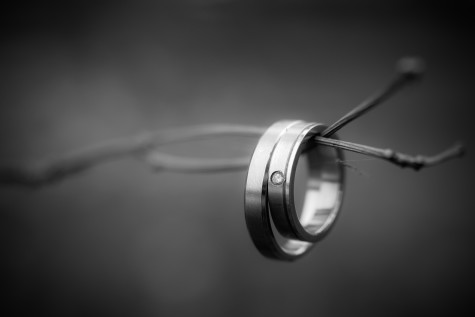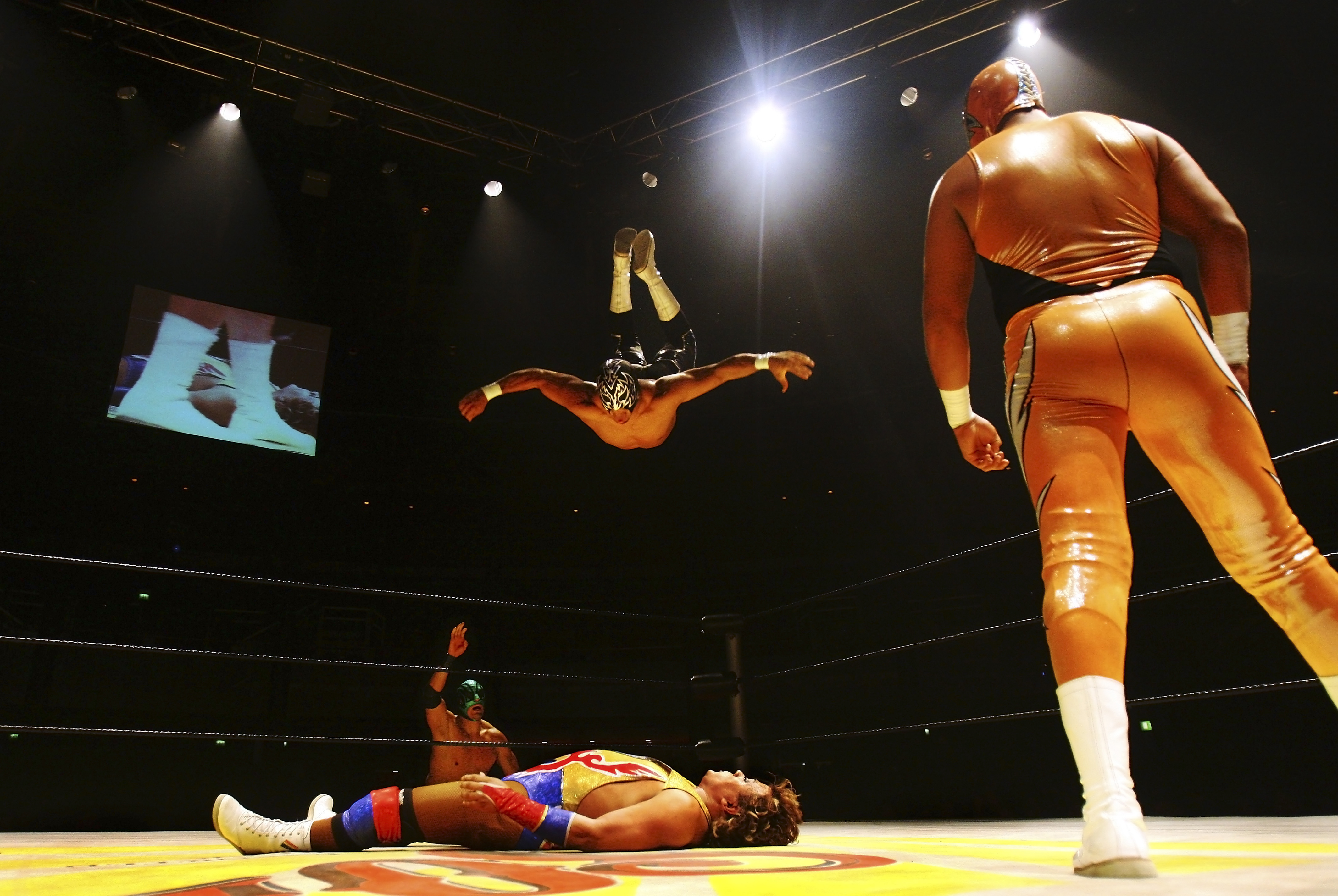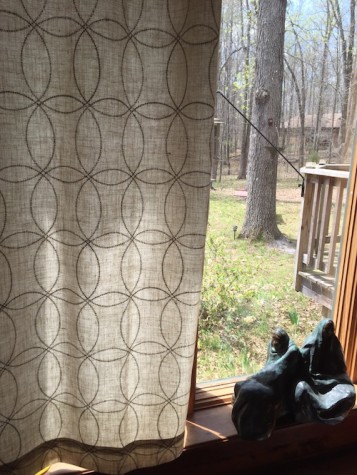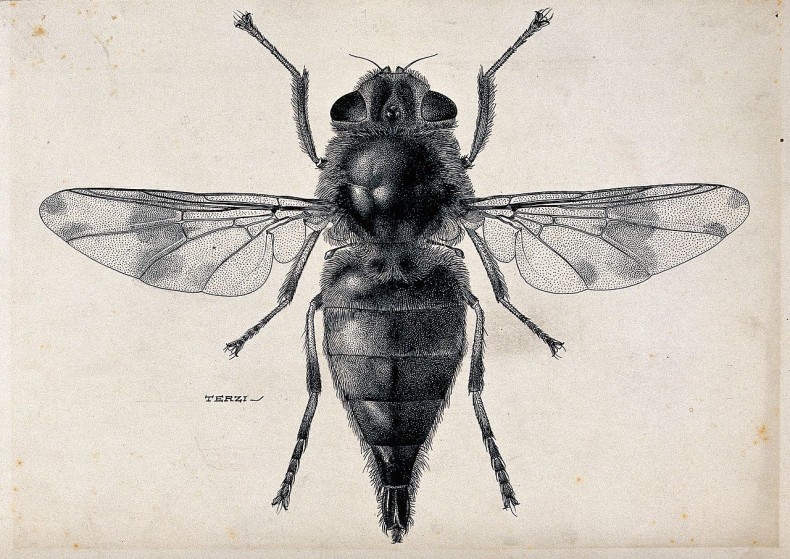 Last month DC Science Comedy invited LWON’s own Mr. Cosmology to participate in one of the group’s Science Comedy Nights. Mr. Cosmology accepted. Empirical evidence follows. Continue reading
Last month DC Science Comedy invited LWON’s own Mr. Cosmology to participate in one of the group’s Science Comedy Nights. Mr. Cosmology accepted. Empirical evidence follows. Continue reading
Jennifer buys bespoke draperies with a beguiling floral pattern. In a flash of perceptual ambiguity, the flowers turn into baseballs, and now she can’t unsee them.
Erik outlines best practices for your next Lucha Libre bout, and Cameron interviews a former co-worker who has just published a book all about rust.
Cassie’s trip to Mozambique introduces her to mango fly etiquette, which leads her back home to an ingenious irradication effort completed in the 80s against the screwworm. I present five things you might not know about wedding rings – like the fact that you are sprinkling yours wherever you go.
Photo: Jennifer S. Holland
 Before World War II, the Roman wedding ritual only blessed the bride’s ring. The male wedding band’s popularity didn’t take off until the 1950s, a combination of jewelry industry marketing and the growing association of masculine domesticity with national prosperity. Suddenly, men could be identified as single or ‘taken’ at a glance.
Before World War II, the Roman wedding ritual only blessed the bride’s ring. The male wedding band’s popularity didn’t take off until the 1950s, a combination of jewelry industry marketing and the growing association of masculine domesticity with national prosperity. Suddenly, men could be identified as single or ‘taken’ at a glance.
Folklore has it that men with wedding rings are more attractive to women. That kind of mate copying effect would be consistent with its equivalent in the animal world. Male guppies seen close to females take on an allure for other female guppies, for example. So in humans, another female who has chosen a particular male may know something about him – he’s a doctor, for example, or a creative genius – that can’t be assessed by looks alone.
I’m not the kind of girl who ordinarily irons her underwear. But two weeks ago I found myself hunched over a flimsy wooden board doing just that. I was visiting friends in Mozambique, and they assured me that everything must be ironed—shirts, pants, sheets, towels, and, yes, even underwear. It’s not about aesthetics. You need the heat to kill the tiny eggs that a female mango fly might have laid on your damp clothes while they dried on the line. If you don’t iron, the eggs will hatch, and the mango fly larvae will burrow into your skin, feast on your flesh, and emerge a week or so later as plump, white maggots.
So this is why I spent a sunny afternoon while on vacation ironing. You can imagine what a nuisance these insects would be if they infiltrated your underwear. Oh wait. You don’t have to imagine. Here’s a case report of an 11-year-old boy who showed up at a British emergency room with “a firm, ovoid, motile mass” on the head of his penis. Motile because the mass contained a wriggling maggot about the size of a pinto bean. The boy had recently visited Somalia. Continue reading
 Today, I’d like to take a small diversion from oceans, placebos and other sciencey stuff to address something far more critical to our future here on Earth.
Today, I’d like to take a small diversion from oceans, placebos and other sciencey stuff to address something far more critical to our future here on Earth.
Lucha Libre.
That’s right, that crazy sport that inspired so much of American pro wrestling and has been shown by researchers to be 5.78 times more awesome. Since moving to Mexico, I have absolutely fallen in love with this wacky, over-the-top, yet somehow totally genuine sport.
On the surface, it’s just another astounding display of physicality and atheticism that makes you question the laws of gravity. But if you listen carefully you can catch clues to understanding a culture that, after living here for four years, still mostly baffles me. So allow me to take a moment and share a few of the life lessons I have taken from the sport.
Not science you say? Hey, look, RadioLab did it, so I can too!
 I met Jonathan Waldman when we were both magazine interns. We had a lot in common–we both got really into working on the magazine’s science column, and we were both really big fans of burritos. (He later sold me a shirt that featured a burrito-powered bike). When I ran into him at a conference a few years ago, he told me about his old sailboat, Syzygy. The boat had been totally rusty, he said–and it had given him an idea for a book.
I met Jonathan Waldman when we were both magazine interns. We had a lot in common–we both got really into working on the magazine’s science column, and we were both really big fans of burritos. (He later sold me a shirt that featured a burrito-powered bike). When I ran into him at a conference a few years ago, he told me about his old sailboat, Syzygy. The boat had been totally rusty, he said–and it had given him an idea for a book.
Rust: The Longest War, a chronicle of corrosion covering everything from the Statue of Liberty to the humble beer can to the adventures of a rust photographer (whose lovely image you see above), came out last month. And I’m using this as an excuse to talk with Jonny about rust, mustaches, beer and burritos. Here’s the [slightly edited and condensed] conversation we had over Google Docs:
—
Cameron: I guess I should say first that I feel dumb about rust. I remember asking my dad about it after finding a rusty ax in our yard, but I came away with the sense that rust was something that only happened to cars on the East Coast where the roads were salted, and wasn’t something that would ever affect me much. But then you just wrote a whole book about it, and it’s more than just corroded tools and the undersides of T-birds, isn’t it?
Jonny: I think that’s how we all feel about rust–just dumb enough that we allow familiarity and shame to mask the feeling. I mean, if I see it all over the place on pretty much everything, there can’t possibly be more to it, right? Because we all see it, and it’s not like there are people sounding the alarm left and right. (But, behold! There are such folks, behind the scenes!) Such is the hazard of learning to think of rust in high school as a chemical reaction. If you’re a chemist, maybe, it all worked out — but the rest of us filed away rust in our brains as something super-duper-boring, along with titration and trigonometry. Continue reading

I don’t make decisions easily. When it comes to home décor, I can revisit a rug or bedspread five times before dismissing or buying it, usually with remorse one way or the other. Online shopping makes it worse. Oh, the hours I’ve spent toggling between web pages, Googling in search of a better price, rethinking entire rooms because I like a particular throw pillow that doesn’t match what I’ve got. (I’m aware that this is an embarrassingly First World problem. Forgive me.)
Buying curtains, I found out recently, is particularly excruciating. At first I had thought, perhaps, I’d make them. I bought a sewing machine a couple of years ago, with big plans. But I’m impatient, and not terribly skilled at sewing, and I knew lopsided curtains would look lame and sad. So I went shopping. Continue reading

April 13-17
Ann on a recent Nature study linking dragons and climate change: “The authors recommend the obvious — increasing research in consumer-friendly fire-resistent clothing — and further suggest that monarchs desist from running around conferring knighthoods.” A sharp-eyed commenter notes publication date.
Michelle on a disease affecting couples living in tipis and other small, off-the-grid structures: “it doesn’t take too many solo rounds of hand-washing dirty diapers to kill the romance of modern homesteading, and bring on critical NOMWITTH.” Michelle notes that while this post was first written in 2011, the disease’s status has not changed.
Helen on traveling: “Bits of my soul are pinned to a garden in southern Japan, a pasture in North Wales, and a river in Minnesota. And there’s one little piece on a quiet farm in western Colorado, in a sea of sage and juniper.”
Richard on solar eclipses, past and future: “watch for the shadow, wait for the cooling, and listen for the sound of wildlife—not the unnerving absence of birdsong, but the one that interrupted my own reverie: the release, from hundreds of humans staring up, of individual variations on the word ‘Wow’.”
Frequent guests Judith Lewis Mernit and David Grimm talk about dogs, humans, and the gaze between: “I believe I have engaged in some mutual gazing with a squirrel or two. Squirrels can really stare a person down, though I suspect they’re tripping more on cortisol than oxytocin.”
And we’re delighted to welcome a new Person of LWON: Jennifer Holland.
—
Dragons, which predate photography, in artists’ impressions: courtesy of Shutterstock

